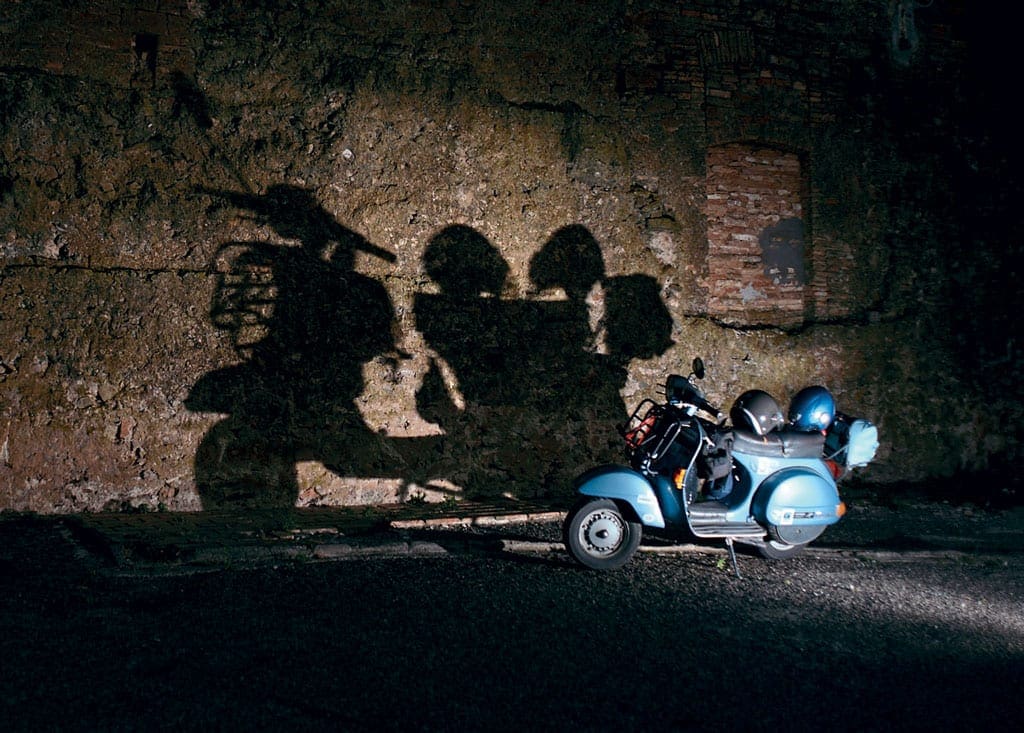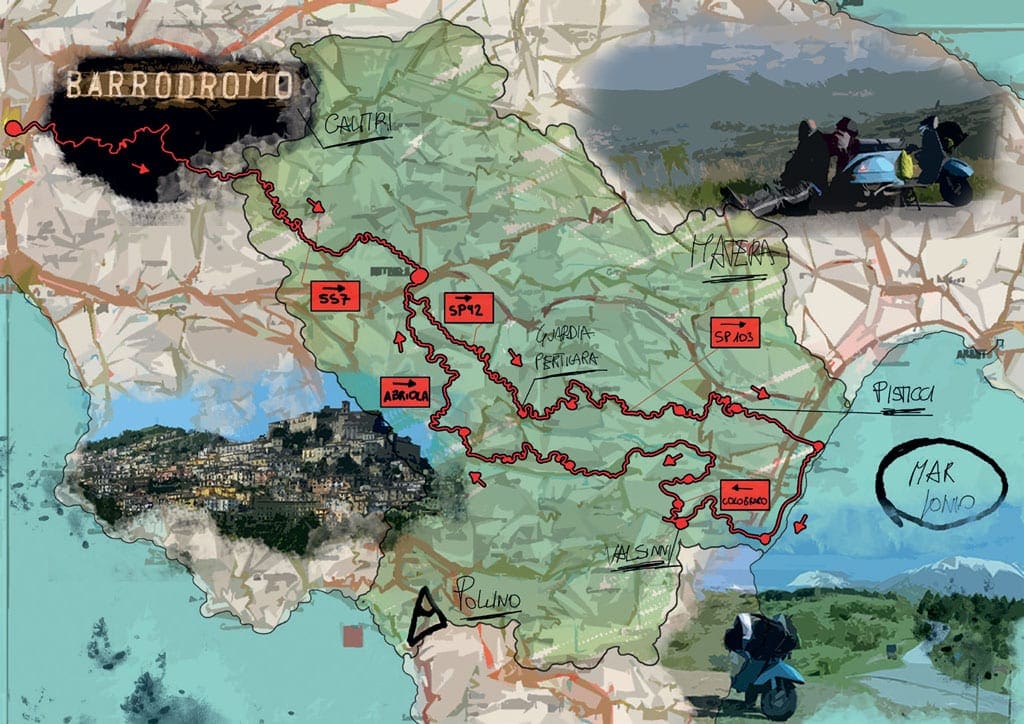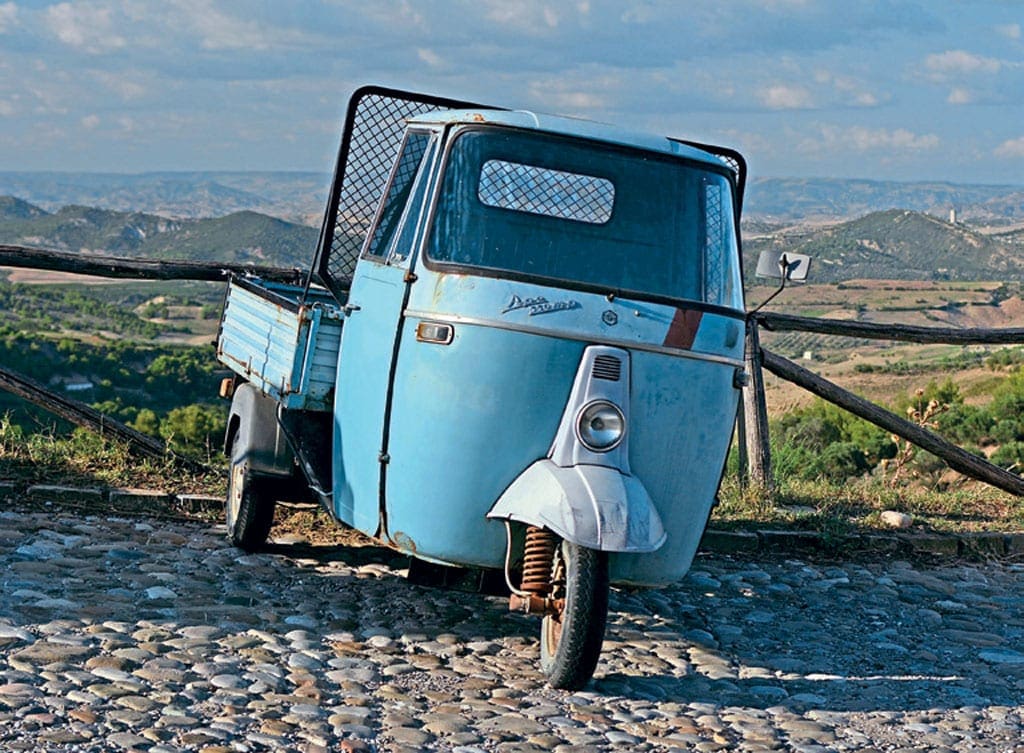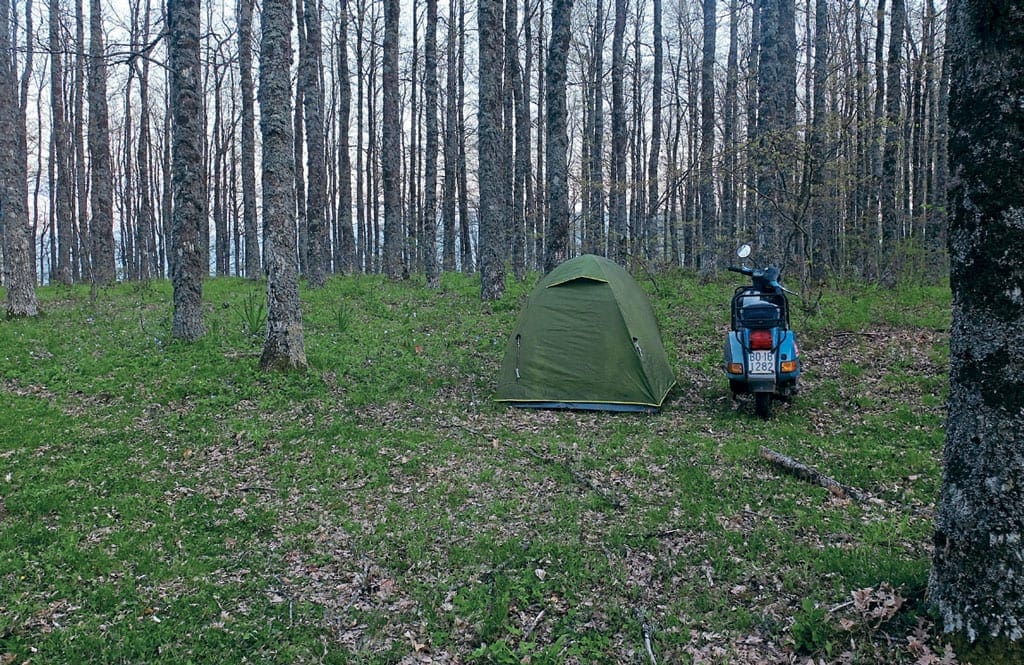
Words & Photographs: Christian Giarrizzo
The common image of anything Italian is to think about it in a romantic and glamorous light. Is that the case everywhere in Italy? Perhaps each has its own undiscovered unique charm.
No doubt, Italy has it’s particular dose of charm, but for some reason the Peninsula lets us talk about its region only in a certain way. Sicilia, for instance, is the Mafia’s official den, the one pictured in the Padrino movie. Toscana, on the other hand, uses another illustrious example, as the land of the best steak houses and the cove of flawless wine.
Venezia, ‘floating city’, is not in need of introduction, as much as the region where it’s located, Veneto. These places are famous to the point of an English translation. Sicilia – Sicily, Toscana – Tuscany, Venezia – Venice, Roma – Rome. Something, as an Italian, that I really don’t like.
Italy, though, is not only composed of these places. What happened to the other regions that are treated with nothing but disinterest? Maybe the answer is hidden behind some form of geographical racism. If there is no information about where to go, and if nobody explains the beauty of other Italian places, the ‘famous’ destinations would be always chosen.
In reality, I am here to tell you that you must indulge yourself in getting lost in Italy. Exploring the ‘Belpaese’ is adventurous and interesting, at least. Besides, if we add the Vespa factor to the equation, there is nothing better than exploring the little roads called ‘Provinciali’ or mule tracks called ‘Mulattiere’, nowadays used only by locals.

Imagine, then, to start a journey through the ‘Boot’, discovering hidden cities and the less beaten path. You would see, in front of you, one of the most beautiful scenarios of all. This is how I travel, in obstinate and contrary direction, as Fabrizio De Andrè, songwriter who left us for music heaven 20 years ago, used to say.
My personal approach to the world is one without objects such as smartphones or GPS. Don’t believe me? Here, then, is all I need: A typewriter. Yes, the item responsible for a loss of feeling to the fingers after a page of typing; the one that smells of lubricant because of the mechanical moving parts. A camera. Film loaded if I am going to spend months in the woods. My Vespa – Negra. An incomparable travel companion in all seasons. A spare tank of two-stroke oil and some clothes.
These, believe it or not, are the ingredients of happiness while travelling the world’s roads. With this in mind, I am going to introduce you to the ‘contrade’, the term to define small roads in the Italian language, and the least known region of all, remembered today for its glamorous city, Matera, in the region of Basilicata, in southern Italy.
Matera is swamped with tourists because it is the Capital of Culture 2019. A guided trip on an Ape Calessinothe, the Piaggio commercial vehicle, is available through the old city and the two big rocks called ‘Sassi’. A pure taste of retro.
In the last three years readers have read my words in the pages of Scootering, talking about different matters, technical info, interviews and a few tears in the case of special stories and special scooters.

This past year I have been in limbo. I have been tired and worried. I have put on too much weight and, worst of all, the Vespa has been covered in spiders’ webs! Unbelievable and unacceptable. So I realised exactly what I needed. I am a reporter, so I must travel. So I did. I left the office and hit the road again.
Three main road arteries descend towards Basilicata. If we exclude arrival from the south by sea, they are namely the Adriatic coast, the Tyrrhenian coast and the mountains of the central Appennines. If I had to suggest the best way to reach this region, I would say that everything depends on the time you have available.
You can manage two or three days during The central route turns out to be the most adventurous and interesting. You pass through different altitudes, and the hairpins offer the rider real twists and trajectories. It’s a route suitable for engines with no fear of overheating and the hills can be tackled without question.
You travel through a quiet Italy, with farms and cultivated fields keeping you company during the trip. If you ask humbly for shelter to some farmer and you are equipped with a tent, you may even have the good fortune to sample the legendary hospitality of the elder generations of Italian mountain dwellers.
The other two routes approach the coast between the two seas that squeeze Italy along its flanks. At this point if asked for a suggestion, I would advise the west area and the Tyrrhenian Sea, with the opportunity to test the famous ancient Rome road, the SS7 ‘Appia’, which in its original form has remained quiet to highway traffic and evokes the long descents that the Roman Legionnaires were covering in their time to collect taxes and protect the heart of the Empire.

The last option, the fastest compared to the north-south route, is the Adriatic Road, which offers stunning views between Pesaro and Puglia. However, as soon as you leave to go inland towards Basilicata, there is the smell of trash and prostitutes gesticulate at you and the truck drivers as they drive by. All three itineraries have a story to tell.
The choice is yours, based on your taste. Just a note of caution. If you want to test this last route, make sure you can travel at high speed, but always within the speed limit, as you might be in need of escaping from somebody or something.
As for Basilicata, the precise moment when the region touched my heart was in 2014 when I left home in search of Cistercian monks and their activities at the monasteries dotted along the Italian mountains.
At that time I chose the ‘Tirrenica’ route. Allow me to digress. I see no travellers gesticulating by the road, or any sign of curiosity. What the internet has brought, along with a lot of news and facilities, is a general lack of originality and a worrying trait of ego-centrism.
These type of ‘travellers’ say they visit a destination as if playing a video game, or travel numbers of kilometres only to hang them on the imaginary board of self-confidence. Very few are pure explorers who can tell stories full of passion, even walking five kilometres from home. To those travellers, I beg you. Do not stop yourself, but shout out the stories you collect!

Returning to Basilicata, during my visit five years ago I reached a valley that took my breath away. It looked like a painting by Cezanne. There were chestnut-coloured horses roaming free across the greenness of the earth, and framed against the hills.
Let us leave behind romanticism and begin to descend through the curves of the ‘Appia’. Arriving in Potenza, the administrative capital of the region, having experienced the hairpins that meander from the border to the junction with the SP92, at this point I suggest you head towards Guardia Perticara.
From here on you will experience the exciting road through hairpins and tight roads. What a fantastic scenario for an exploratory ride. Guardia Perticara, a small town of strategic origins, stands above the descent to the sea.
At that point you will take the SP103 road, which will take you through deserted paths downwards to Craco, a ghost town abandoned because of landslides many years ago.
Ironically, this cursed city achieved its splendour at the height of its despair. It has been chosen as the location for the films including Quantum of Solace and The Passion of Christ, starring Mel Gibson.
A little further past Craco you reach a lunar landscape, with peaks as sharp as pins and arid plains characteristic of the Calanchi (Badlands) that protect cities from past secrets, like Pisticci in the province of Matera. It stands at the tip of a large calanco (gully) and visitors can easily get lost in the labyrythine streets.
Needless to say, the ideal vehicle to explore them all on is a scooter, without which you would find yourself in a traffic jam, just like London!

Heading down the valley, the road leads to the sea, and is worthy of pictures with its long, white-grey beaches.
At the junction of Scanzano Ionico towards Colobraro, my description of the journey ends, but there are more surprises in store, hidden in this region.
I suggest you discover the history of Colobraro, Valsinni and Aliano, and follow the signs to Abriola before re-joining the SS7 di Potenza. You will be surprised, I promise, but feel free to contact me if you want more information about a possible scooter trip there.
From the scooterist’s point of view, Basilicata not only has special routes that inspire the rider, but also ups and downs between rock pinnacles, towns perched on ridges, countryside covered in olive groves, wonderful smells, and local people who, even now, offer generous hospitality.
This is a region that once was the den of brigands and trades working at the limit of the law. In some cities this feature is still present and manifests itself in small things, so do not be surprised if you ask a merchant where to find the best eggs for breakfast, and you are sent to the florist, who sells them undercover. This is a region of poets, brigands and hearts. A region of Italy.



